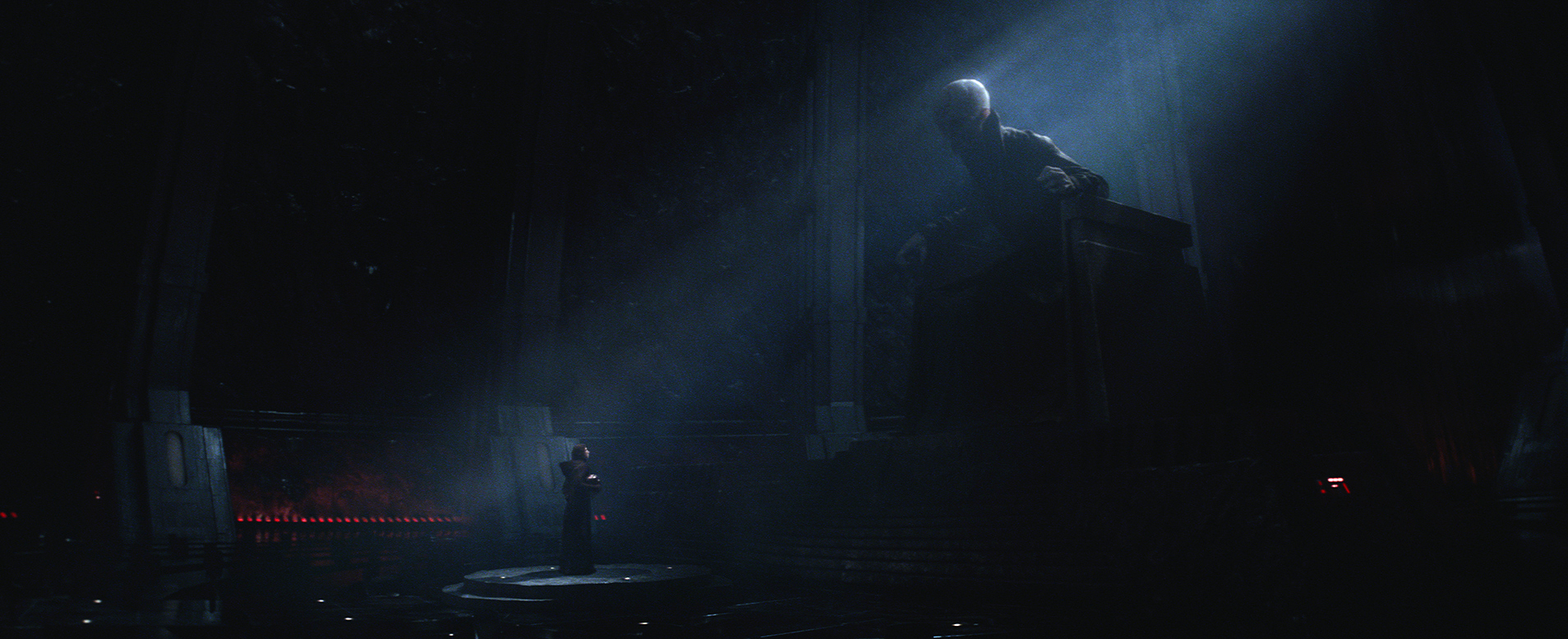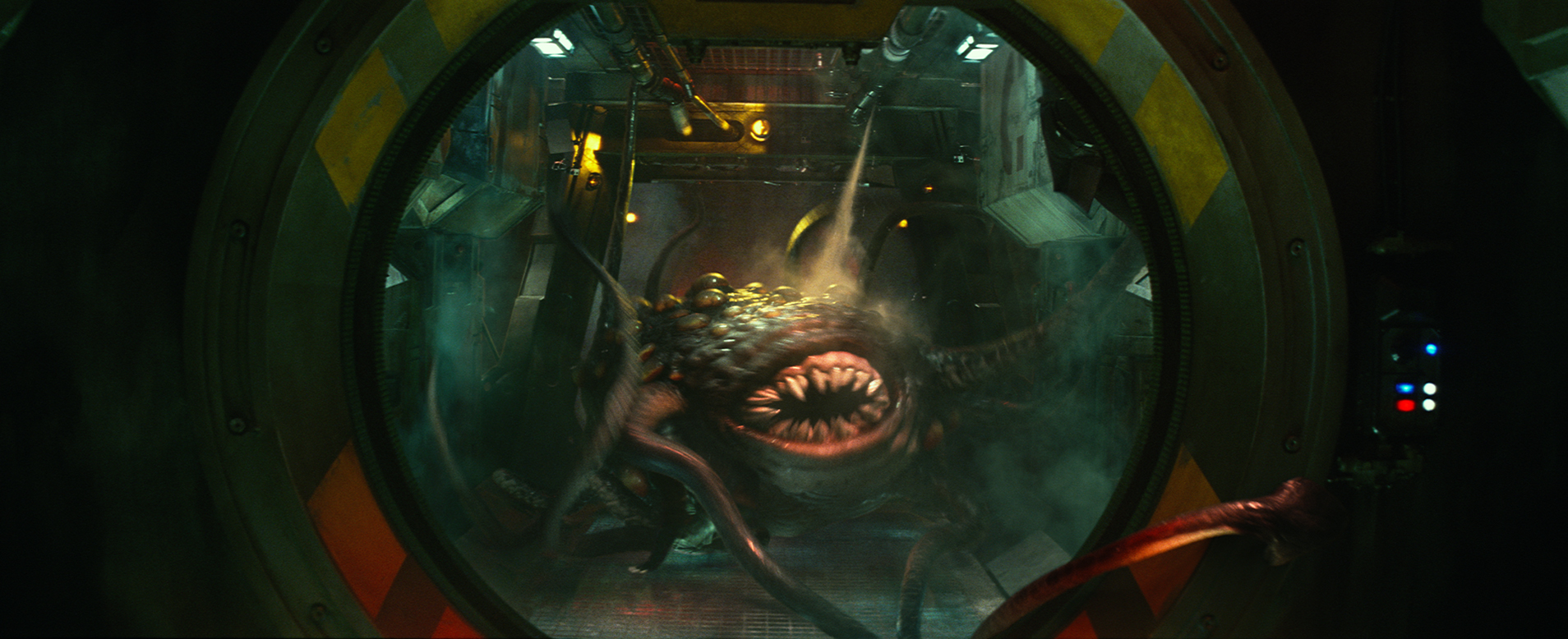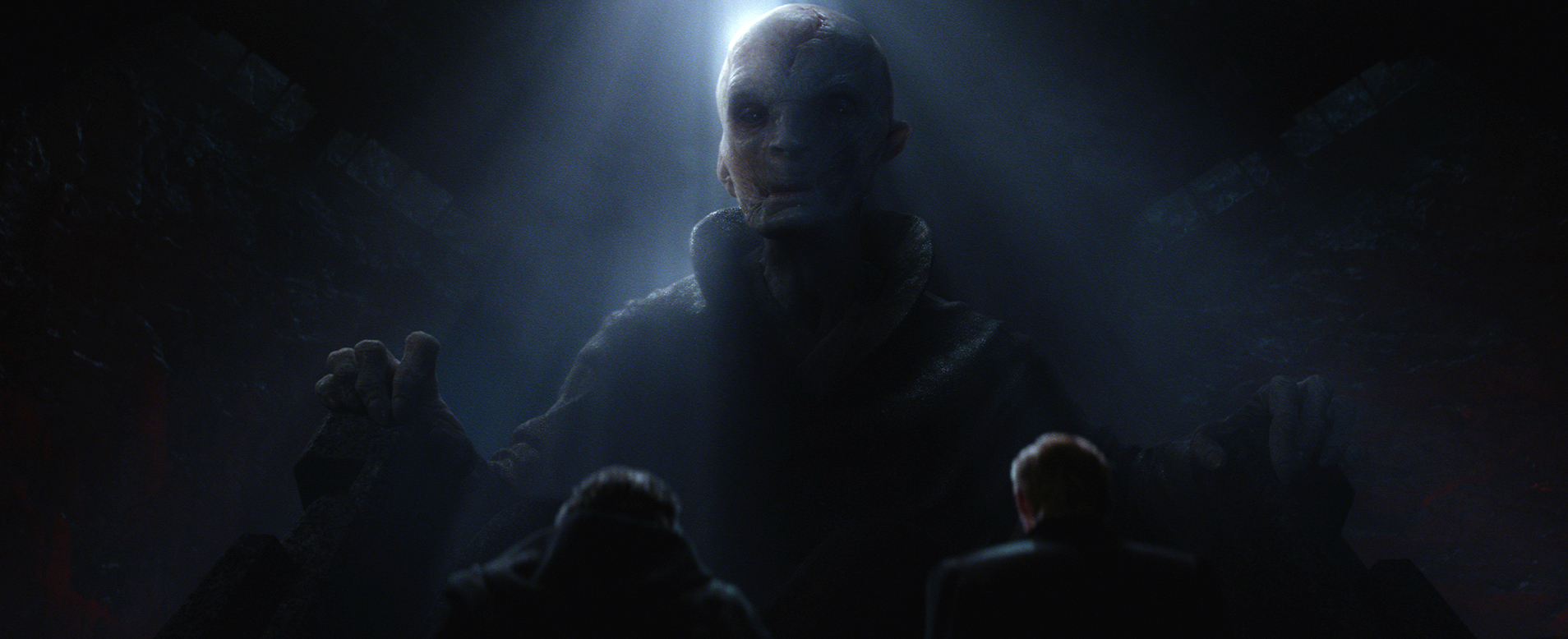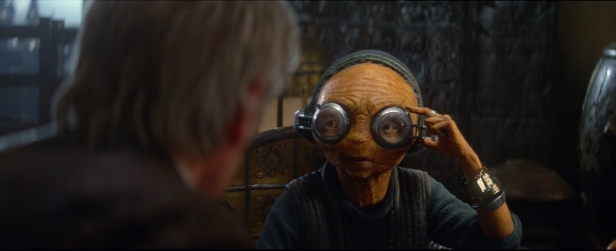Founded by George Lucas in 1975, the history of Industrial Light & Magic has directly paralleled that of Star Wars. But it doesn’t end there, with the visual effects titans working on innumerable film projects. From ET and Raiders Of The Lost Ark, all the way up to Pacific Rim and Jurassic World, ILM has left its mark on cinema history.
Now, having worked on Star Wars: The Force Awakens, it will likely continue to do so. We were lucky enough to speak to Compositing Sequence Supervisor Scott Pritchard about ILM’s work on the seventh Star Wars movie, and what to expect from the future…
It’s clear that the original trilogy was a strong source of inspiration. How challenging was it to balance faithfully portraying what came before with bringing Star Wars into the 21st century?
Having the previous films to draw on was actually a huge benefit – Ralph McQuarrie brought such a strong design identity to the original trilogy, and it gave us a great foundation off which we could build our work. The previous films were not just a great source of reference material, but also a source of inspiration for our artists.
In contrast to the prequel trilogy, much of The Force Awakens takes placed in real locations as opposed to green screen. From a visual effects standpoint, did this make your job easier or more difficult?
Having practical sets and effects was a great help to us as our CG work became more about seamlessly extending or adding to real-world locations. They gave a firm grounding to the work we did, and we always worked in co-operation with any practical approach.
What was the most challenging visual effects challenge to meet in The Force Awakens?
Of all the shots that we worked on in the London studio, the majority involved Maz Kanata and Supreme Leader Snoke. The biggest challenge with both these characters was allowing Lupita Nyong’o and Andy Serkis’ performances to come through in their digital characters. We used a combination of both cutting-edge motion capture technology, and subtle frame-by-frame work by our animation team. Our goal was always to create a strong emotional connection between these characters and the audience.

You hear a lot from companies like Pixar about the importance of fostering creativity-friendly environments among their employees. Does the same ring true for ILM?
Absolutely. We have always used our technology to enable us to work creatively, ranging from computer-controlled cameras, through animatronic puppets, to computer graphics. They all serve the same purpose: ‘How do we tell the story?’ We have a very open and collaborative working environment where every artist is encouraged to share ideas.
What sort of guidelines were you given?
ILM London’s design work focused on two characters – Maz Kanata & Supreme Leader Snoke. Maz was described as an old space pirate who had been Han’s mentor when he was younger. For Maz we were creating a CG version of a practical model that had been created by production. This provided the starting point which we refined and adjust based on our own interpretations and feedback from JJ. Snoke was much more mysterious in both the script and his design. He’s badly scarred and damaged – but the cause of his wounds remains a mystery. JJ always envisaged Snoke as a monumental figure, with similarities in size to the Lincoln memorial. He was always intended to be revealed as a hologram projection at the end of his first sequence.
How much freedom are you given when creating the effects for Star Wars?
Our senior VFX supervisor, Roger Guyett, had worked with JJ on all but one of his previous films, so there was an established working relationship between them. JJ had a lot of trust in Roger and ILM, we were more a creative partner in the project rather than a VFX vendor. ILM has a great history of storytelling through its work, and on this project we were given a lot of freedom to explore how best to tell the story of a shot or sequence.

What was the most fun part of working on The Force Awakens?
Personally, the most fun was working with people who were just as passionate about Star Wars as I was, and that enthusiasm really showed through in the work. It’s not every day that you get to work on a series that first inspired you to work in VFX!
Is there a particular piece of design, scene or moment from cinematic history that you draw inspiration from or use as a benchmark?
The original trilogy was a consistent touchstone for us throughout the project. We wanted to really capture the feel of these films, so there are lots of references: from the more obvious, such as Snoke’s hologram design; to the more subtle, the camera move for a shot from the Star Destroyer chase sequence referenced a shot from Return Of The Jedi when the Falcon is escaping though the Death Star’s tunnel.
Can you talk us through the creation process of Snoke? There’s something fascinating about the character.
Snoke’s overall shape was finalised in the form of a physical sculpt about midway through production. We took this design and started to explore ideas for his material and surface qualities. JJ wanted a mysterious, almost diaphanous look for Snoke. He was interested in the contrast between his damaged and fragile appearance, and Andy’s subtle but powerful performance. We used reference images of jellyfish to explore ideas of a translucent quality to his skin. To enhance this we built a complete internal structure for his head, including a skull and blood vessels which could be glimpsed occasionally through certain areas.
You are celebrating ’40 Years of Creating the Impossible’. Is that still very much the mission statement of ILM?
Very much so. Each project brings its own unique set of challenges, some of which drive us to break new ground, as we did for Jurassic Park and Terminator 2. Last year we launched ‘ILMxLAB’, a new department exploring the use of virtual and augmented realities to help filmmakers design and tell their stories. They are also developing content for new platforms that these technologies enable. It’s a really exciting time to be at ILM.

Were there any occasions while making The Force Awakens that you thought, ‘How the hell are we going to do this?’
Of course – but that’s part and parcel of working in VFX. In fact for most of us it’s of one of the main reasons we’re VFX artists in the first place! On a technical level, the shot that caused the most head-scratching was where Han, Rey & Finn approach Maz’s castle. They walk through the courtyard, pass through the doors, then the camera takes us through the interior to where we meet Maz herself. Although that looks like one continuous shot, it was actually shot in three separate sections – in fact, the interior part of the castle was a completely different set to the exterior.
This led to problems such as characters walking through each other when we stitched the plate together. To solve this we had to rebuild the area immediately inside the castle doors, moving characters and furniture around so that nothing would collide. It was a major technical challenge just to join the three sections seamlessly. On top of that we added a CG extension to the castle exterior, with Maz’s statue and lots of flags, and of course Maz herself.
How is working on a Star Wars film different from your standard movie?
We were very aware of the expectations that people had of The Force Awakens, so that perhaps would be the biggest difference. We all shared the excitement of the fans, and felt the responsibility of living up to the original films.
ILM has continually pushed the boundaries of what is possible in films, especially via the Star Wars movies. With Rogue One out at Christmas and Episode VIII the following year, can you expect it to do so?
Definitely! I can’t go into specifics, but we are working on some really exciting ideas that will help to tell these amazing stories.
To learn more about Industrial Light & Magic, visit their website. We were lucky enough to speak to Compositing Sequence Supervisor Scott Pritchard at Escape Studio’s VFX Festival 2016 about ILM’s work on Star Wars: The Force Awakens. Registrations for The VFX Festival 2017 are now open via http://www.thevfxfestival.com/2017.html. For more news about the biggest movies, pick up the latest issue of SciFiNow.
